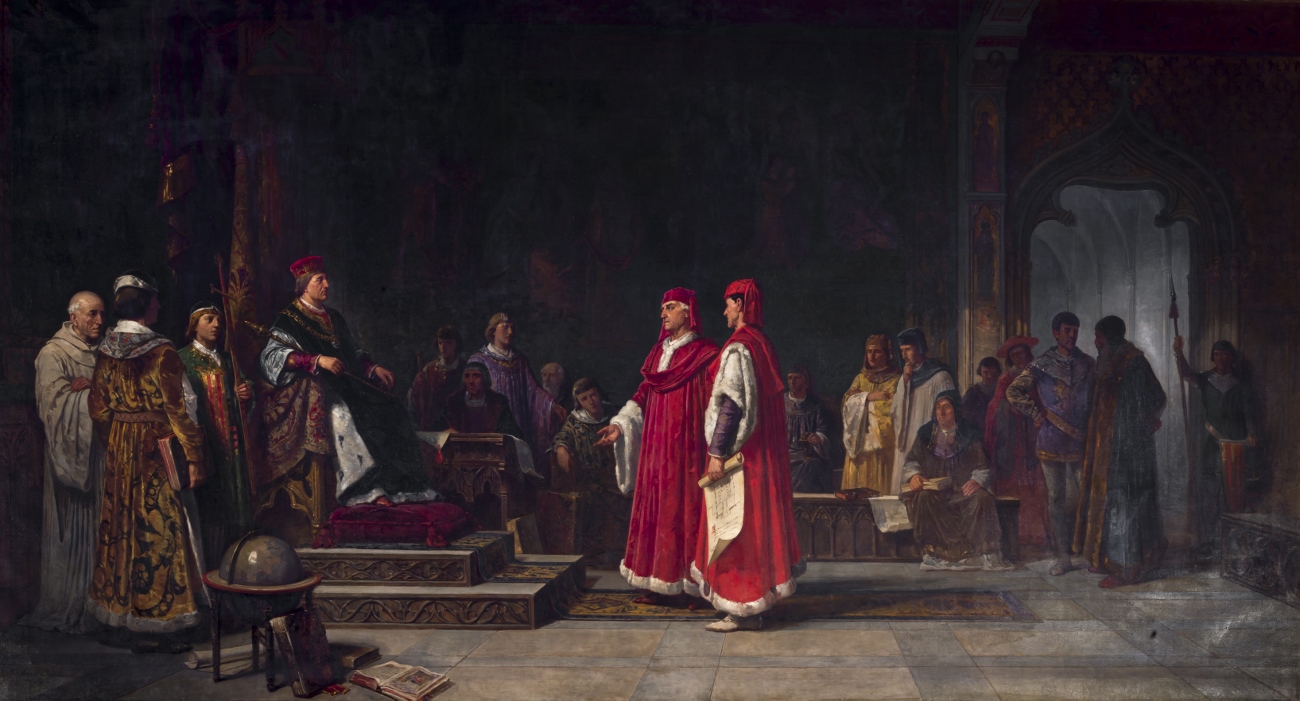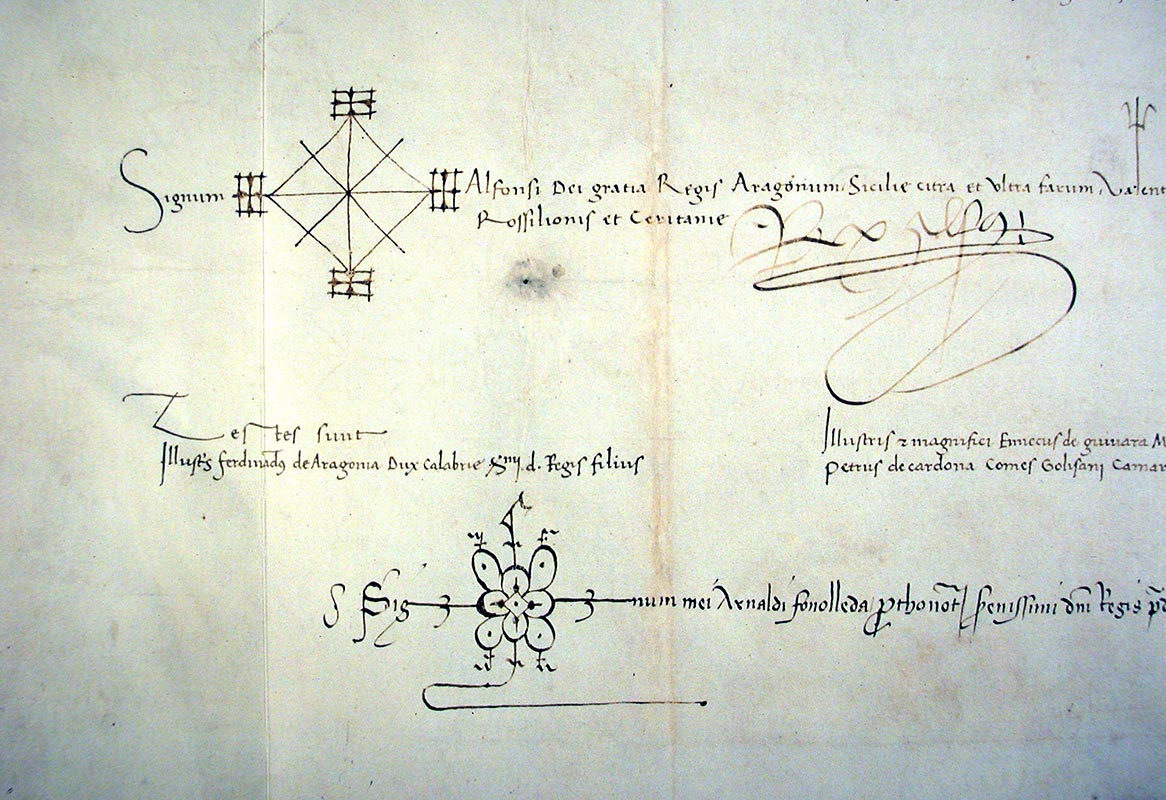
From its origins to the Barcelona Estudi General (1450)
The institutions that would develop into the universities we know today began to appear during the Middle Ages. In these early stages, the picture of higher education in Catalonia consisted of a set of different centres that had emerged in various places. The common name for these institutions was not universitat (‘university’ in Catalan). Instead, they were known as estudis (studium). A studium could be “general” or “particular”. The centres classified as "general" were those founded by the Pope, the Emperor or the King. They could issue degrees which were universally valid and, as well as arts, they had to have another higher faculty (theology, law or medicine). By contrast, the "particular" centres were controlled by a municipality, cathedral or religious order and did not have to meet these requirements. The term studium generale would gradually be replaced by universitat or university.
More information
The university, as a corporation of masters and students, with its statutes, administrative apparatus and academic degrees, is a specific creation of medieval culture. The first forerunners of these "estudis generals" emerged in the eleventh century in Bologna and Paris, and in the territory of modern Catalonia, their earliest ancestor is the Lleida Estudi General, founded by James II in 1300, with Papal authorization from Boniface VIII. This Estudi, dominated by the local civil and ecclesiastical authorities, included degree courses in Canon and Civil Law, Philosophy and Arts, Medicine and, later, in 1430, Theology. After the Lleida Estudi General, other centres were also created on the royal initiative: the Perpignan Estudi General (1349), the Huesca Estudi General (1354) and the Girona Estudi General (this was established by Alfonso the Magnanimous in 1446 but did not begin operating until a century later), as well as other less important schools at Vic, Solsona and Tortosa.
In the case of Barcelona, since the end of the thirteenth century the city had had senior schools sponsored by the municipal authority, as well the schools run by the cathedral and Dominican convent of Santa Caterina, which became an important cultural centre. These higher education courses (Grammar, Civil Law, Canon Law and Logic) were aimed at the urban elites. As well as these civil and ecclesiastical schools, the sons of wealthy families went to study at renowned university centres, such as Bologna, Montpellier, Toulouse and Paris.
The local authorities did not want Estudis Generals to be set up, as they had been in other places, and they justified this opposition by arguing that the municipality would suffer all kinds of disorder as a result of university life and that Estudis would represent a real threat to public safety. The real reason was that Estudis Generals set up by royal initiative would mean a loss of control over education in the city, which until then had essentially been governed by the municipality itself or the cathedral.
Despite the opposition of Barcelona councillors, in 1401, King Martin the Humane established an Estudi General for Medicine, with the same prerogatives as the one in Montpellier, on premises by the Santa Eulàlia gate in the area of La Boqueria, and tried to promote it by bringing in prestigious doctors like Pere Descoll. An Arts Faculty was added to this Medical School in 1402. From this time onwards, university studies in Barcelona received the name Estudi General for Medicine and Arts.
The foundation of a university in Barcelona had to wait until 1450, when a charter granted by King Alfonso V (the Magnanimous) and a papal bull from Nicholas V established the Barcelona Estudi General, bringing together all previous higher education centres. In this Estudi General, following the model of Toulouse, professorial chairs were established in Theology, Canon Law, Civil Law, Moral and Natural Philosophy, the Seven Arts, Medicine and other disciplines. The University suffered many vicissitudes before it actually began operating, however, particularly during the Catalan Civil War (1462-1472), when the institution was weakened. Then, in 1488, the senior schools and the Estudi General for Medicine were merged, thanks to the new impulse given by King Fernando II of Aragon.





